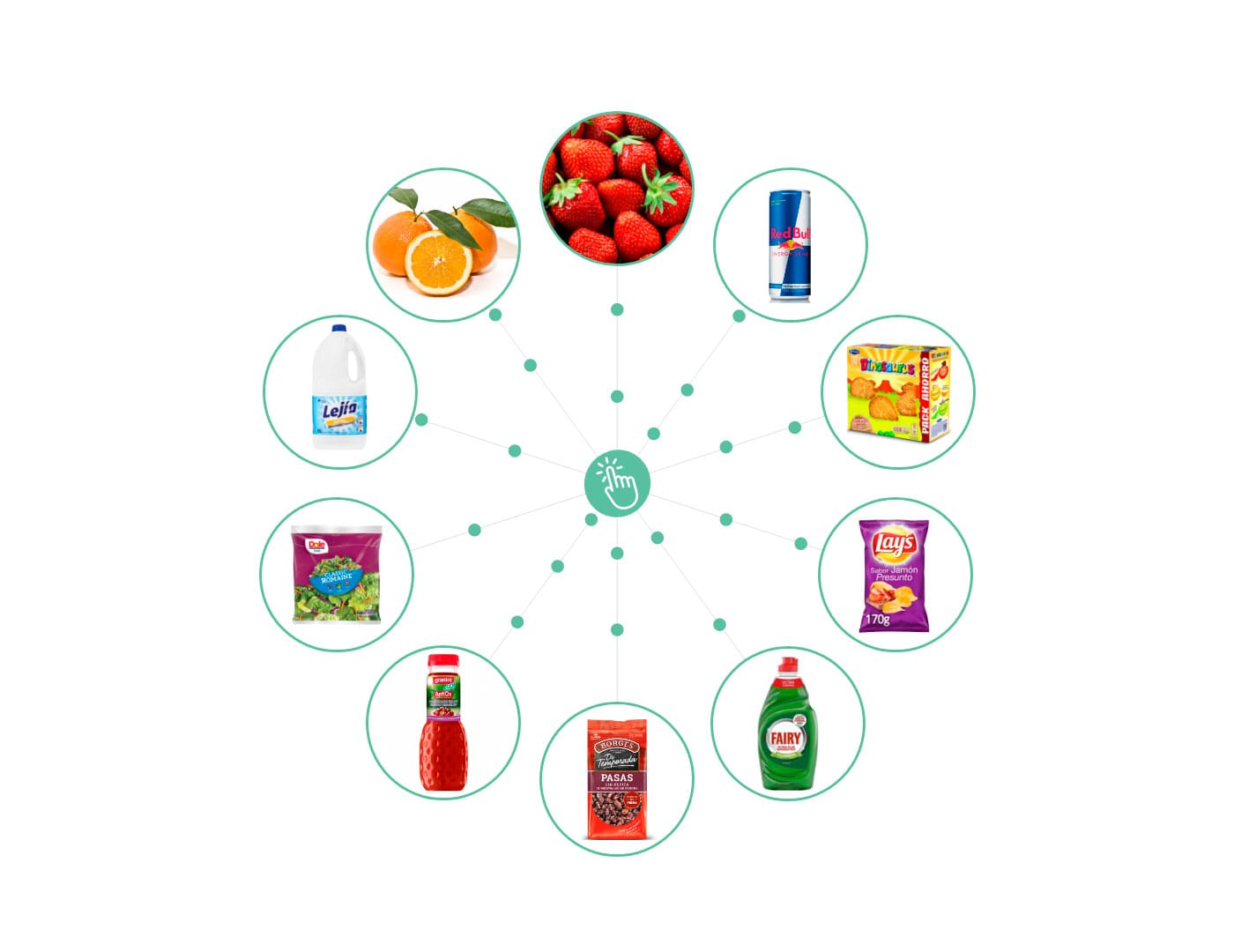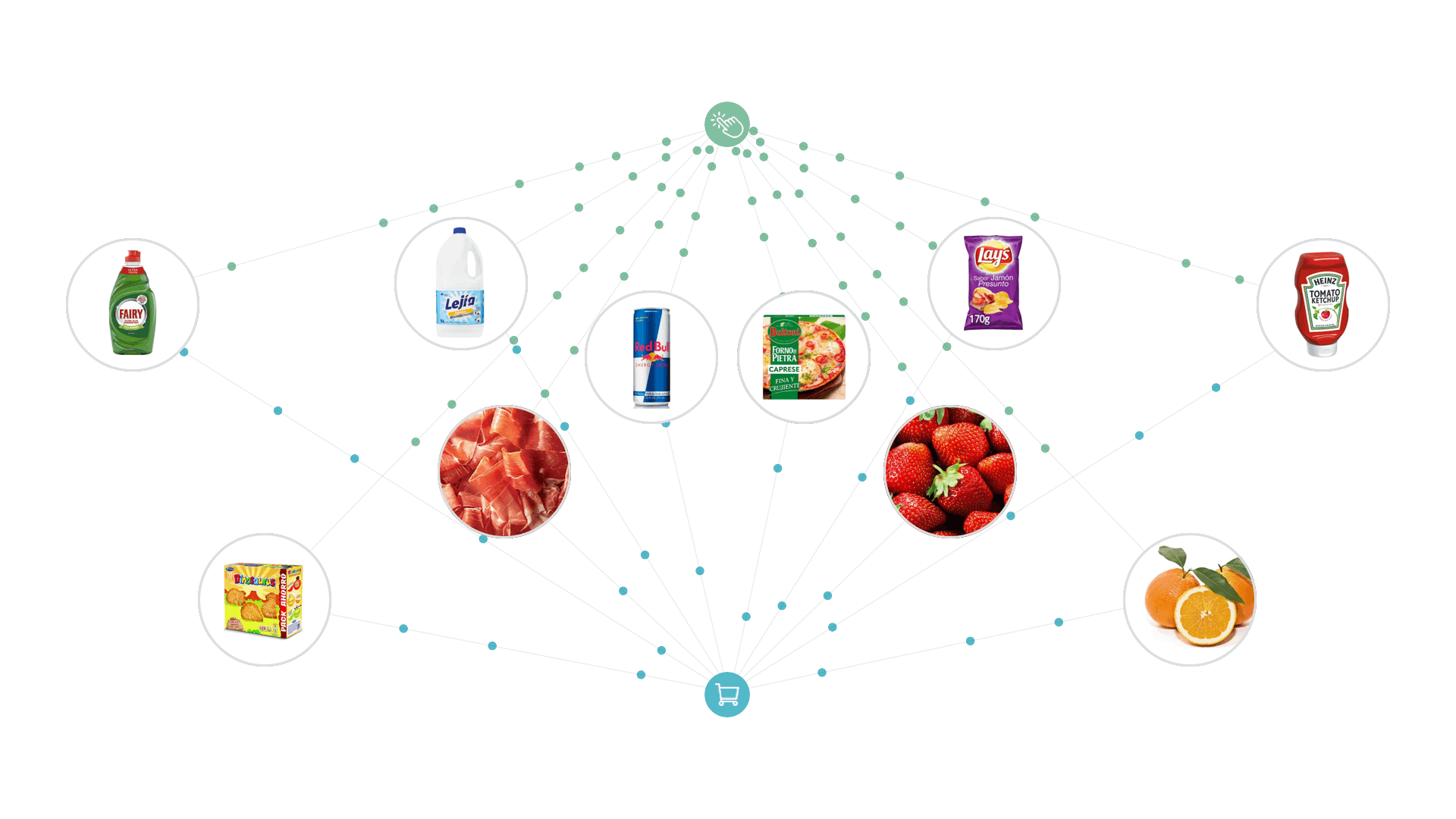Shaping innovation around a new Now product visualisation
We have been working on a new visualisation for Now with the aim of taking it a leap forward.
This new approach represents a set of customer interactions (clicks, add2cart, checkout and revenue) with products in real time -- without losing the roots that made the Now visualisation widely adopted by many Empathy customers. What are those roots? Simplicity, meaningfulness and instantaneity.
We want to achieve a brand-new real-time analysis of user behavior interactions. That is to say, we try to capture the user experience when browsing the different products that our customers offer.
In this light, we have iterated over a new bubbly visualisation composed of a real set of product images (fed directly from customer catalog) that are interconnected and user customizable from the available set of interactions previously mentioned.

Combination of multiple events:
The bubbles will offer interaction while hovering over them, enabling retailers to realize in real time how many times the product has been clicked or reached the user cart from the search results, either directly from the results page or through a product details page.
Consequently, this new visualisation prototype not only enhances the single interaction monitoring but also offers the possibility to show a combination of multiple events, as shown in the example below, where Clicks & Add2Cart are configured by the user to be displayed at the same time.

We believe that in order to understand the flow of user interaction, it is necessary to take into account key aspects that establish the perfect search funnel of shoppers’ activity: Aspects such as aesthetics, quality of content (product offerings), accessibility or simplicity of use.
Now visualisation has been a powerful tool for data analysts and retailers not only to individually observe each metric with a real-time product perception, but also to understand the consequences of user behavior in their search for what they need, giving place to new insights such as purchase attempts, new products to recommend or the revenue gained as a result of the set of interactions.
No doubt, we’ll continue iterating around this visualisation, pursuing qualitative improvements that merge, once again, innovation and explicitness.
